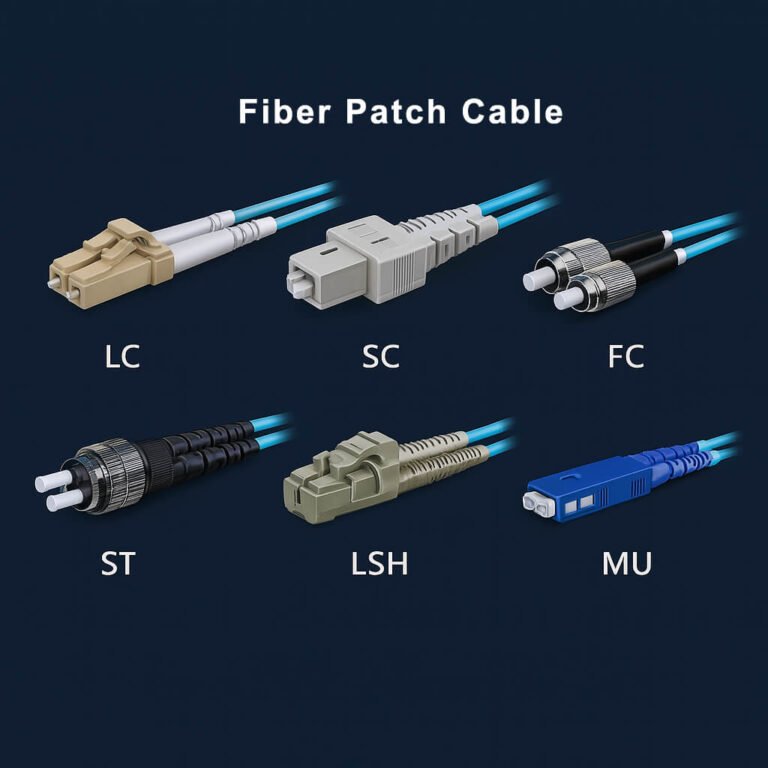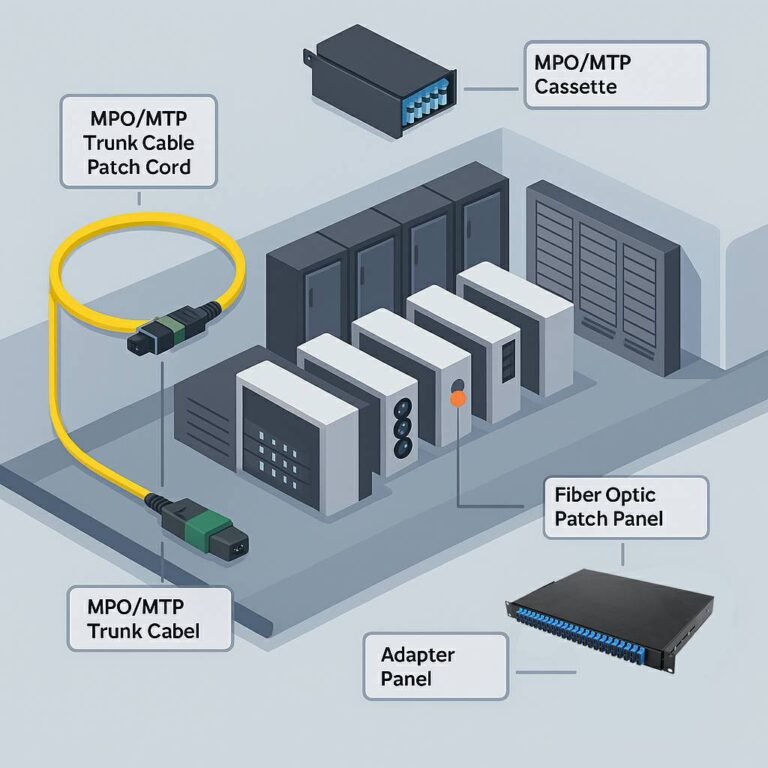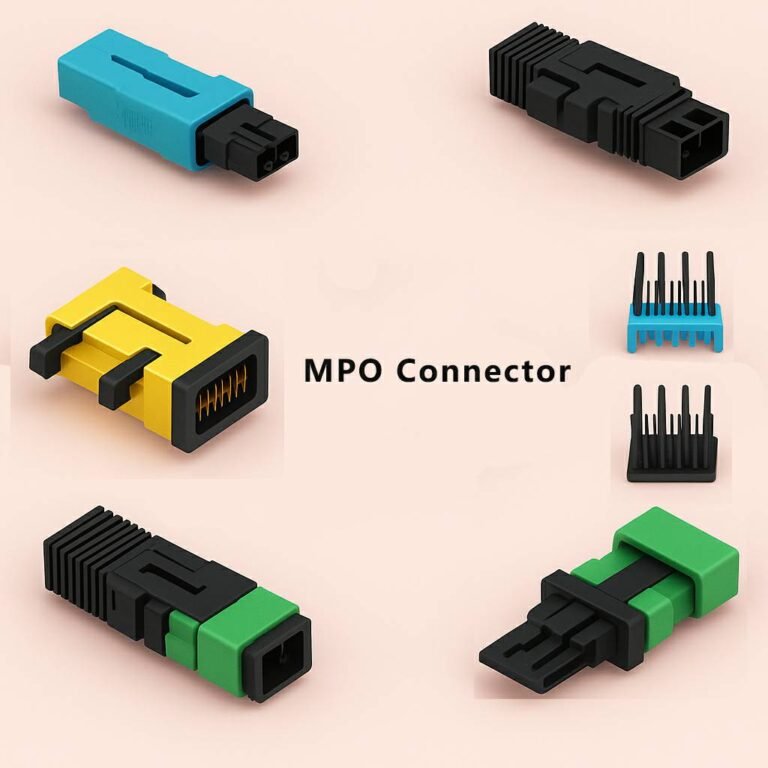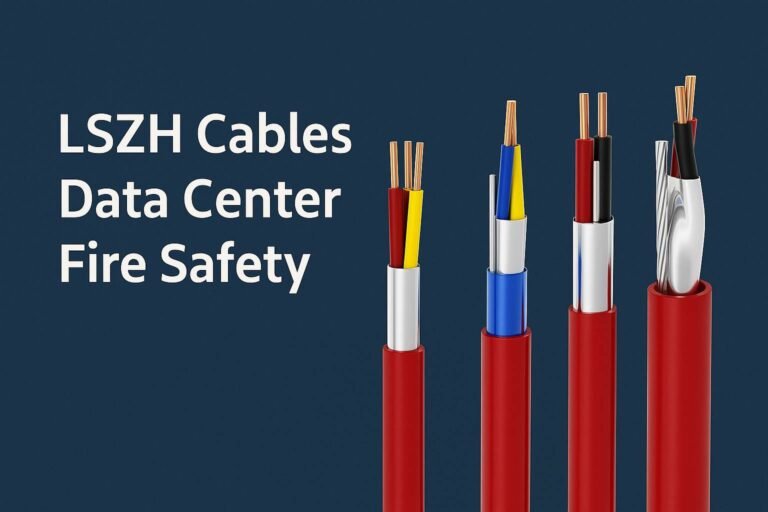Your data center is getting crowded. Traditional fiber optic cables weren't designed for the tight bends needed in modern racks, leading to signal loss and network failures. This downtime is frustrating and expensive, limiting your ability to expand your infrastructure effectively.
Bend-Insensitive Fiber (BIF) is the solution. It uses a specially engineered core with an optical "trench" that traps light, preventing it from escaping even when the cable is bent tightly. This design ensures minimal signal loss and maintains network performance in crowded cable trays, server racks, and any space-constrained environment.
I once had a client struggling with intermittent network errors after a new installation. The problem wasn't the switches or the servers. It was standard cables bent too sharply in the rack. Let me show you the technology that fixed it for good.
How Does Bend-Insensitive Fiber Actually Work?
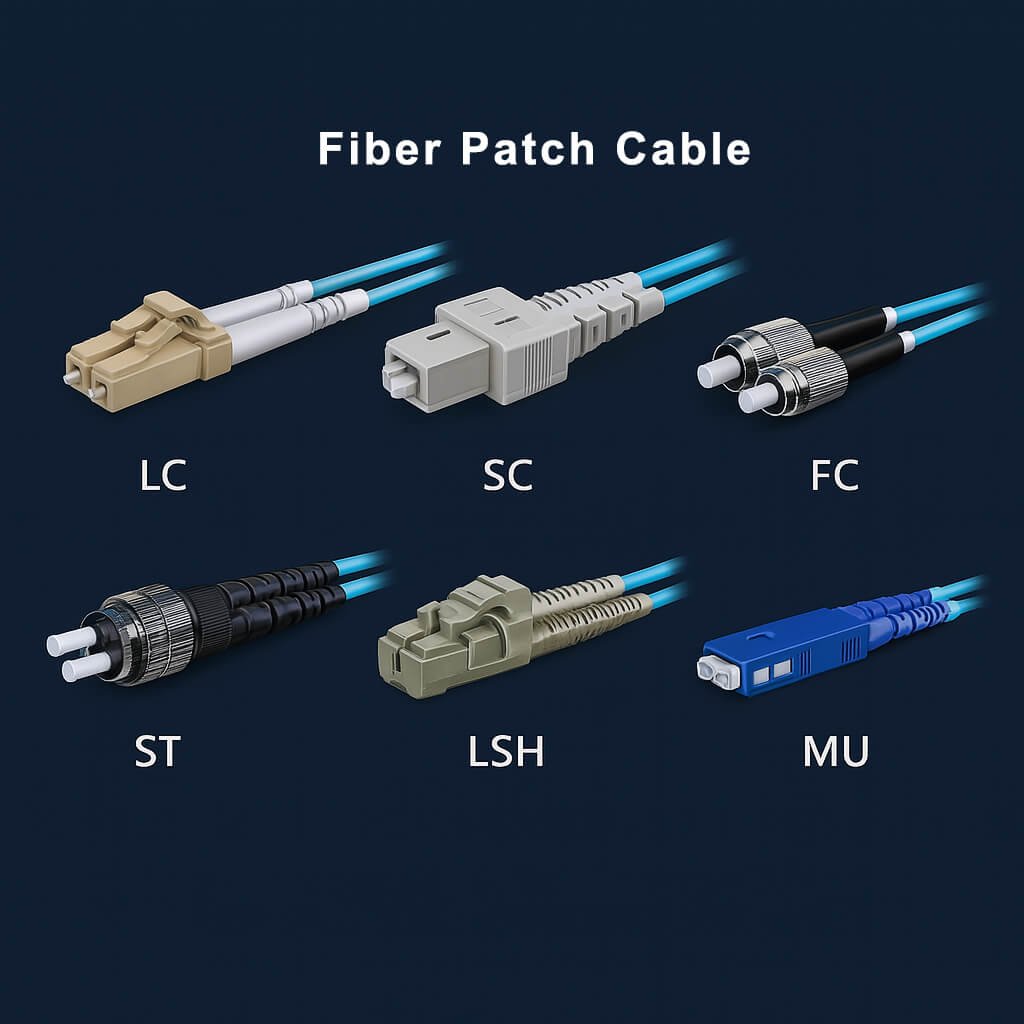
So what makes this fiber so special? It’s not magic. It’s clever optical engineering that gives you more flexibility when routing cables. Let’s look at the core of this technology.
BIF contains a ring of low refractive index material around the fiber core. This acts like a barrier, or a "trench," that reflects any stray light back into the main path. This simple design dramatically reduces signal loss from tight bends.
For a deeper dive into how fiber construction affects performance and reliability, check out What is Structured Cabling and Why is It Essential for Data Networks?
The "Trench" that Protects Your Signal
The magic is in the design, specifically the refractive index profile.
- Traditional Fiber: Has a simple core and cladding. If you bend it too much, light leaks out through the cladding. This is called macro-bending loss.
- Bend-Insensitive Fiber: Adds a third layer—the trench. This trench has a very low refractive index. It acts like a mirror, forcing the light signal to stay within the core, even on a tight turn. It's a simple but incredibly effective improvement.
Key Performance Metrics: BIF vs. Traditional Fiber
The difference becomes very clear when you look at the numbers. At ABPTEL, our lab tests confirm these industry standards. Here’s a simple comparison:
| Parameter | Standard Singlemode Fiber (SMF) | Bend-Insensitive Fiber (BIF) | What This Means for You |
|---|---|---|---|
| Min. Bend Radius | ~30mm | 5mm - 10mm | You can route BIF around sharp corners and in tight spaces without fear of breaking the fiber or losing signal. |
| Bending Loss (10mm radius) | >0.5 dB per turn | <0.1 dB per turn | The signal stays strong even with multiple bends, ensuring reliable data transmission. |
| Connector Re-Mating | Prone to issues | Highly resilient | Ideal for environments where you frequently add or change connections, like in modular data centers. |
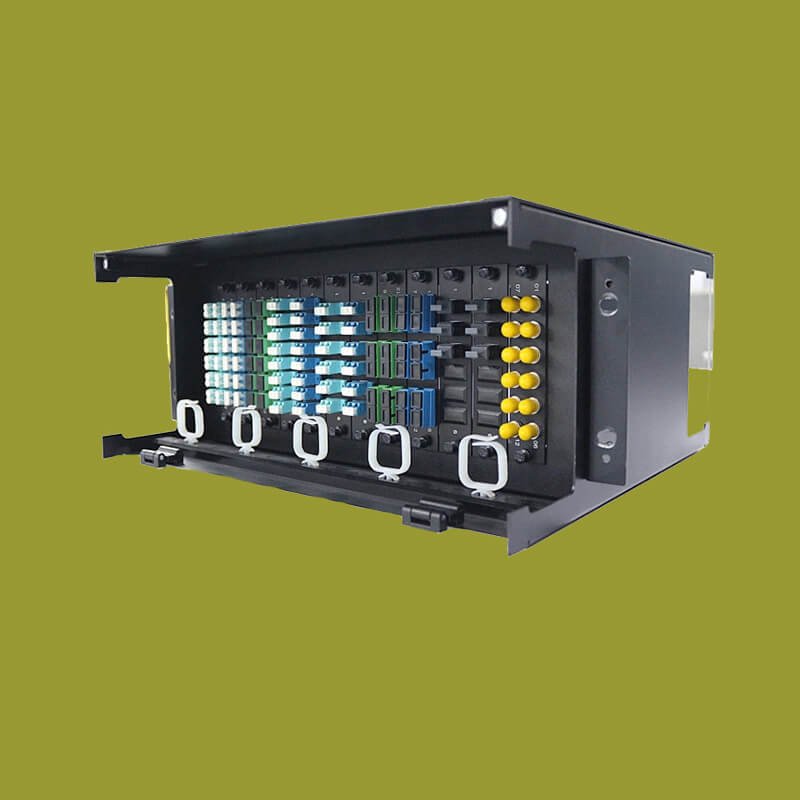
Where Does BIF Shine in High-Density Environments?

Now that you know how it works, let's talk about where to use it. The real value of BIF becomes obvious in the most challenging parts of a data center, where every inch of space matters.
BIF is perfect for any application with limited space. This includes densely packed server cabinets, complex cable trays with multiple turns, and any setup requiring frequent changes. It guarantees reliable performance where standard fiber would fail.
For practical tips on maximizing cable management and density, explore How Can Modular Fiber Optic Cassettes Drastically Simplify Your Network’s MAC Operations?
Extreme Density Channel Layouts
In today's data centers, we often see "zero-U" spaces and vertical cable managers packed to capacity. Standard cables can't handle this. They would kink and fail. BIF allows you to:
- Weave cables through crowded pathways without performance dips.
- Support modular expansion and hot-swappable components easily.
- Layer cables in trays without worrying about pressure-induced bends causing signal loss.
Managing Sharp-Turn Cable Paths
I’ve seen engineers leave large, looping service coils just to avoid sharp bends. This wastes a huge amount of space. BIF solves this problem.
- 90-Degree Bends: You can confidently make 90-degree turns inside a cabinet or a patch panel without causing signal reflection or loss.
- Compact Coiling: This allows for much neater and more compact cable management. You can create small, tight service coils right next to the port, which simplifies maintenance and improves airflow.
Final thoughts
Bend-insensitive fiber is no longer a luxury; it's a strategic necessity for modern data centers. It directly solves the critical challenge of maintaining signal integrity in dense environments. BIF ensures your network is reliable, scalable, and ready for future demands.
If you're facing these challenges in your facility, let's talk about a solution. You can reach me directly at candy@abptel.com.

